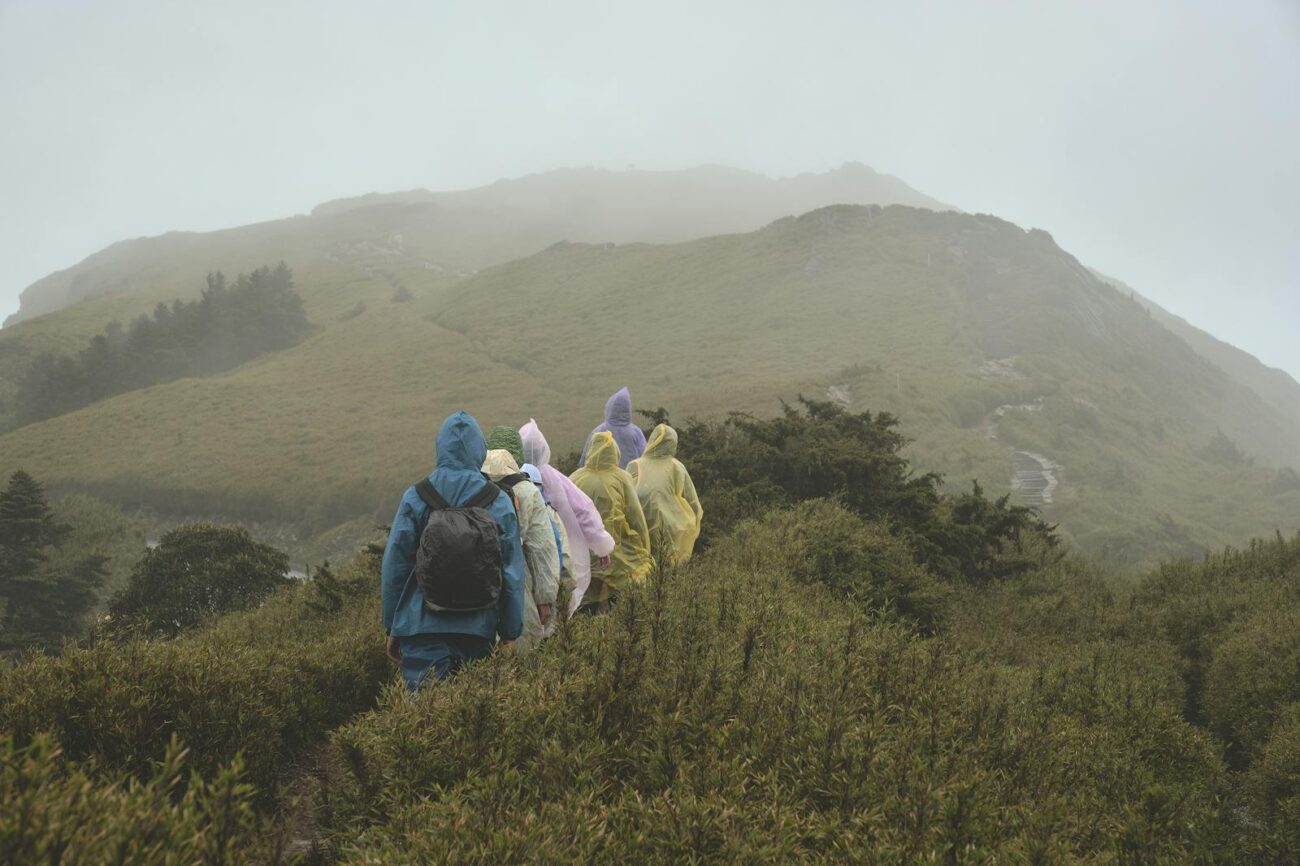When adventure calls, the weather rarely cooperates with perfect conditions. Whether you’re hiking through misty mountains, camping during unexpected showers, or navigating snowy trails, your outdoor gear faces constant environmental challenges. Proper weatherproofing not only extends the life of your expensive equipment but also ensures your comfort and safety during outdoor excursions. From backpacks and tents to hiking boots and electronics, every piece of gear requires specific protection against nature’s elements. This comprehensive guide presents thirteen proven weatherproofing techniques that will keep your outdoor equipment functioning optimally regardless of what Mother Nature throws your way.
Understanding Weatherproofing Basics
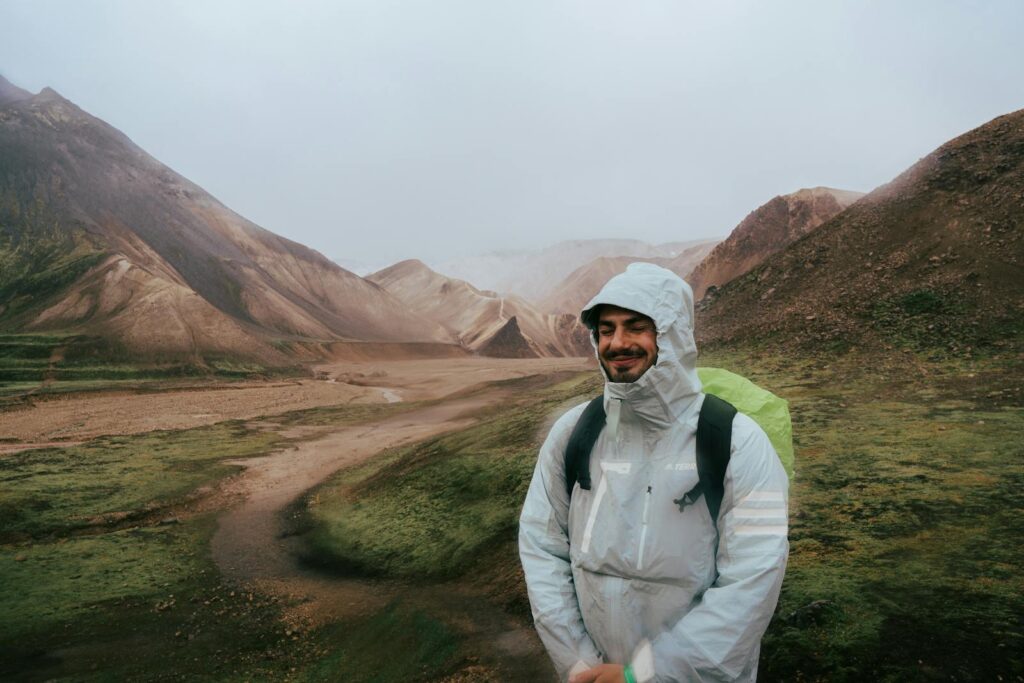
Weatherproofing outdoor gear involves creating barriers against moisture, UV radiation, extreme temperatures, and physical damage. The science behind effective weatherproofing combines both physical barriers and chemical treatments that repel water while maintaining breathability where needed. Different materials require different approaches—what works for leather might damage synthetic fabrics, and what protects canvas could be ineffective on technical membranes. Understanding the specific needs of your gear’s materials forms the foundation of successful weatherproofing. Moreover, effective weatherproofing requires regular maintenance and reapplication, as even the best treatments eventually break down due to wear and environmental exposure.
Seam Sealing for Waterproof Protection
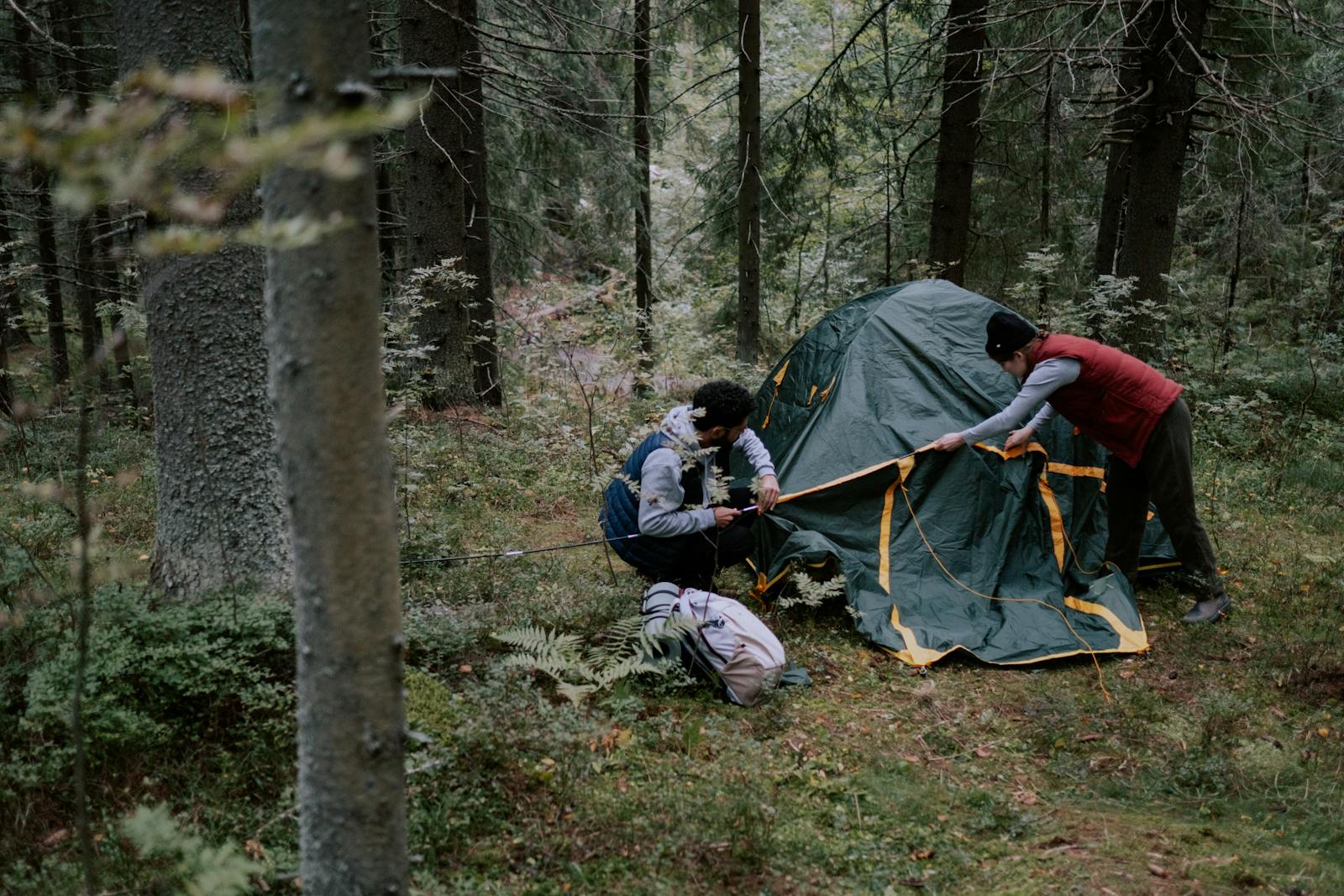
The weakest points in any waterproof item are its seams, where needle holes and thread create potential entry points for moisture. Seam sealing involves applying a waterproof substance along these vulnerable areas to create an impermeable barrier. For tents and rain gear, specially formulated seam sealants create flexible, durable protection that moves with the fabric without cracking. Application requires a clean, dry surface and typically 24 hours of curing time in a dry environment before the item can be used. For best results, apply seam sealer to the inside of the item where the stitching is visible, using a small brush for precise application and removing excess product before it dries.
Wax-Based Waterproofing for Canvas and Leather
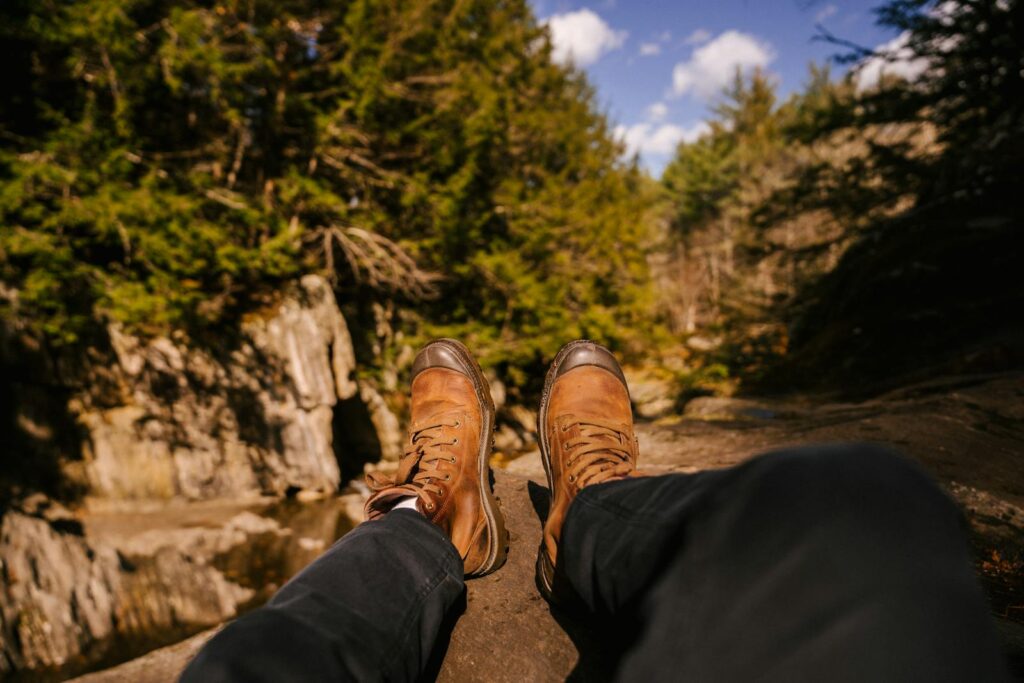
Traditional materials like canvas and leather benefit tremendously from wax-based waterproofing treatments that have stood the test of time. Products like beeswax, paraffin, or proprietary blends penetrate the fibers and create a hydrophobic barrier while maintaining the material’s natural characteristics. Application typically involves warming the wax and the item being treated, then working the product into the material with circular motions until fully absorbed. For canvas items like backpacks or traditional tents, wax treatments not only repel water but also prevent mildew growth and extend the material’s lifespan significantly. The beauty of wax treatments lies in their ability to be reapplied as needed, with each application building upon previous layers for increased protection.
Spray-On DWR (Durable Water Repellent) Treatments
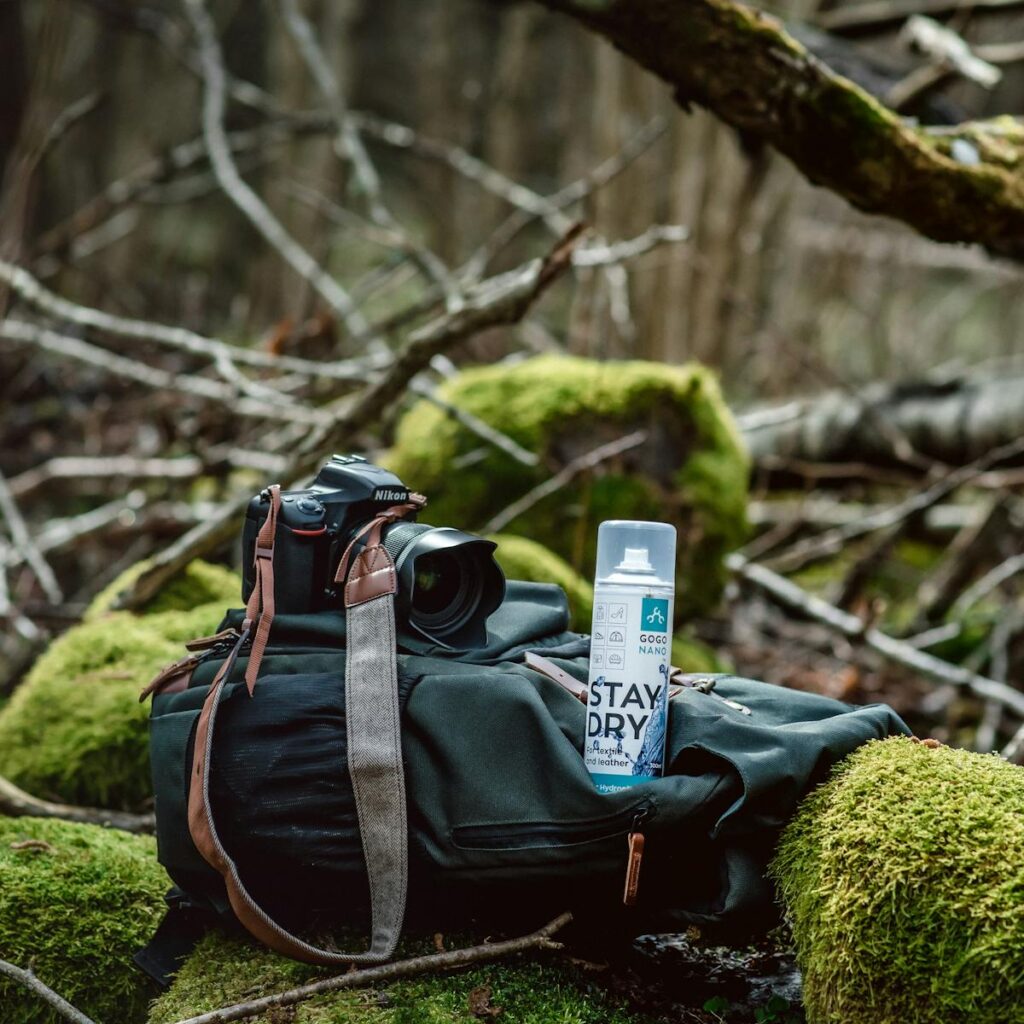
Modern synthetic fabrics often come with factory-applied DWR coatings that cause water to bead up and roll off rather than saturating the material. Over time, these coatings deteriorate through use, washing, and abrasion, necessitating reapplication with spray-on products. These treatments work by creating microscopic “spikes” on the fabric surface that prevent water droplets from spreading out and penetrating the material. For optimal results, apply spray-on DWR to clean, dry gear in a well-ventilated area, keeping the nozzle 6-8 inches away from the fabric and ensuring even coverage. Allow the treatment to dry completely before use, ideally for 24-48 hours, and remember that heat activation (either through a clothes dryer on low heat or careful use of a hair dryer) can significantly improve the bonding and effectiveness.
Silicone-Based Waterproofing for Technical Fabrics
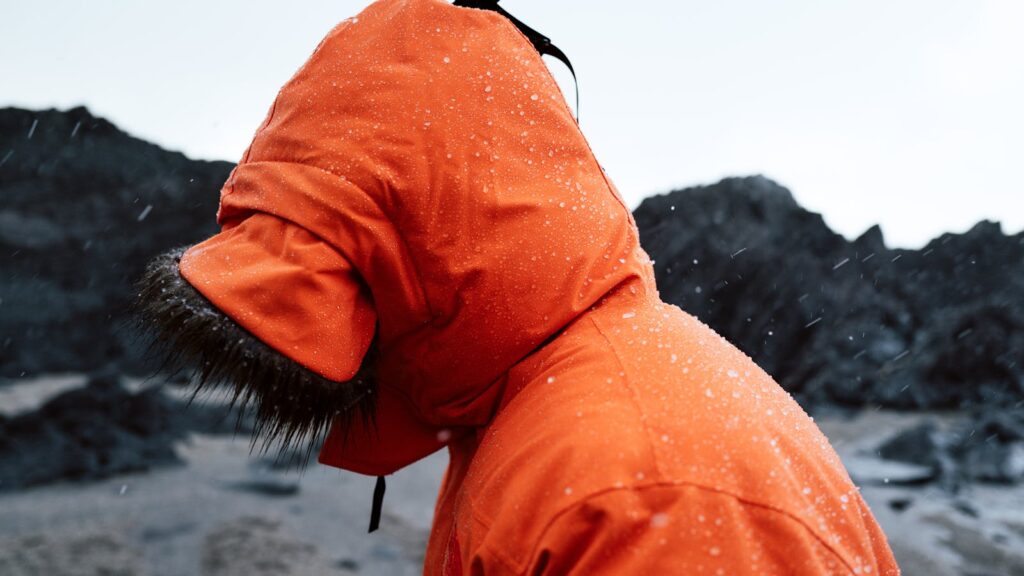
Technical fabrics used in high-performance outdoor gear often benefit from silicone-based waterproofing treatments that maintain breathability while providing excellent water resistance. These treatments create an invisible molecular layer that bonds with the fabric fibers without clogging the microscopic pores that allow vapor to escape. Silicone treatments are particularly effective for nylon tents, tarps, and modern synthetic garments where maintaining breathability is crucial for comfort. When applying silicone waterproofing, ensure complete coverage by working in small sections and paying special attention to high-wear areas like shoulders on backpacks or knees on pants. These treatments typically last longer than spray-on DWR products but may require more careful application to avoid creating a sticky residue that attracts dirt.
Protecting Electronic Devices in Wet Conditions

Modern adventures often include electronic devices like smartphones, GPS units, and cameras that are vulnerable to moisture damage. Beyond commercial waterproof cases, DIY solutions include using multiple layers of protection such as silicone-sealed plastic bags inside padded, water-resistant pouches. Silica gel packets, readily available and reusable, should be included with stored electronics to absorb ambient moisture and prevent condensation damage in varying temperatures. For extended trips, consider portable electronic dry bags that create airtight seals while still allowing touchscreen functionality, or invest in vacuum-sealable bags for items that don’t need frequent access. Remember that protecting against water also means safeguarding against extreme temperature fluctuations, which can cause condensation inside seemingly dry containers when moving between cold and warm environments.
Conditioning Leather Boots and Gear
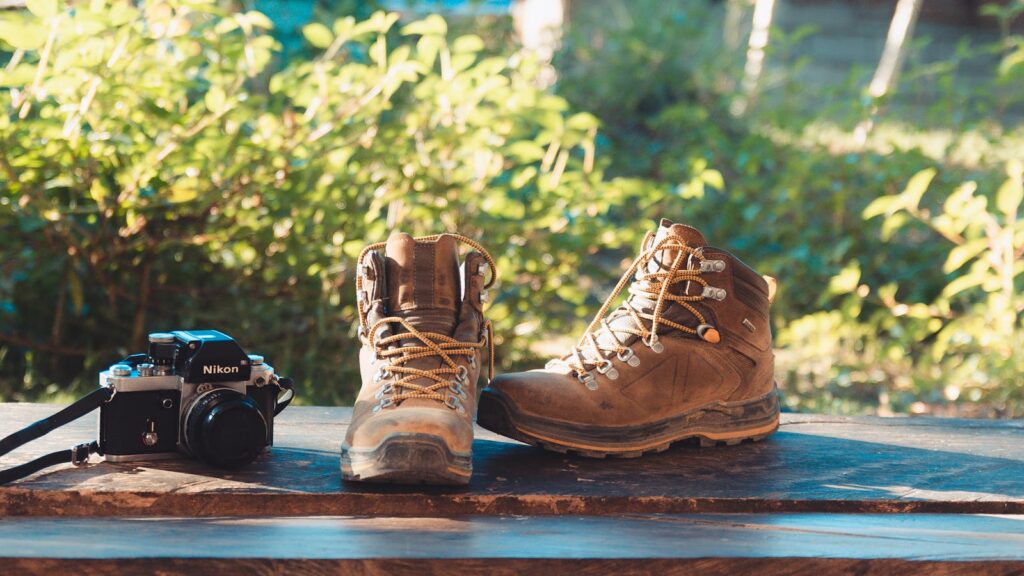
Leather outdoor equipment requires special attention to maintain its water-resistant properties while preserving flexibility and preventing cracking. Quality leather conditioners containing natural oils and waxes penetrate deeply to nourish the material while creating a protective barrier against moisture. Before application, thoroughly clean leather items with a mild soap and allow them to dry completely away from direct heat sources, which can cause the leather to shrink or crack. Apply conditioner generously with a clean cloth, working it into the leather with circular motions and paying special attention to seams, creases, and high-flex areas. For maximum protection, allow the conditioner to absorb overnight, then buff away any excess and apply a second coat to particularly vulnerable areas like boot toe caps and heel counters.
UV Protection for Fabric and Plastic Components
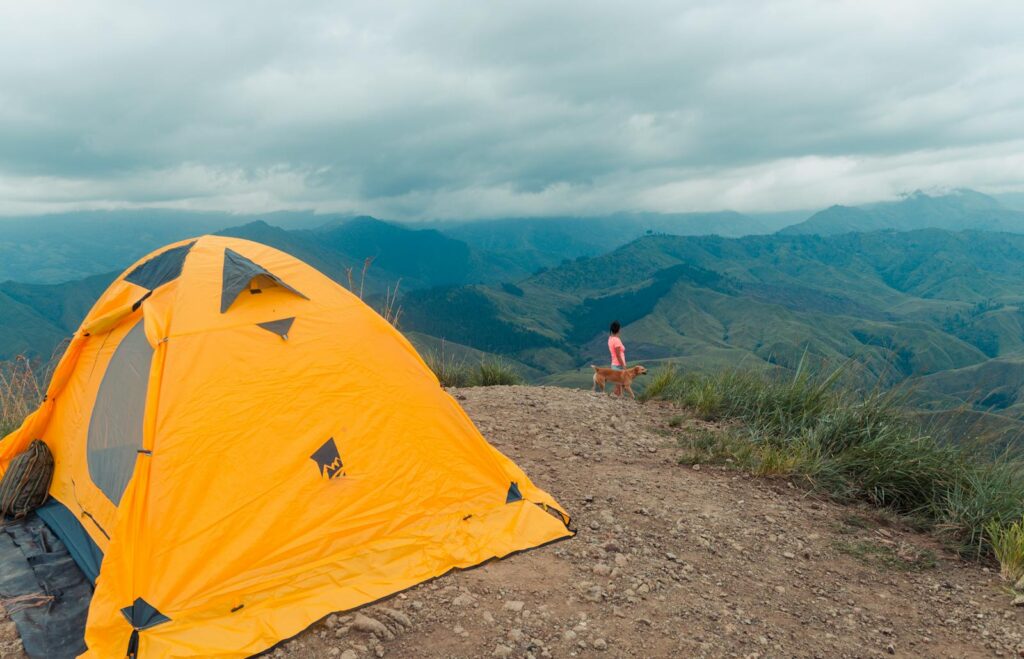
Ultraviolet radiation silently damages outdoor equipment by breaking down synthetic materials, fading colors, and weakening structural integrity over time. Specialized UV protectants create a sacrificial barrier that absorbs harmful rays before they can damage the underlying material. For tent flies, tarps, and other items with large fabric surfaces, UV-specific fabric treatments can extend lifespan by years in high-altitude or tropical environments where solar radiation is most intense. Plastic components like buckles, water bottle holders, and equipment cases benefit from products designed specifically for hard surfaces, which prevent yellowing and embrittlement. Many modern UV protectants combine multiple functions, offering both ultraviolet protection and water resistance in a single application, making them especially valuable for gear used in sunny but unpredictable environments.
Zipper Maintenance and Waterproofing

Zippers represent both a mechanical vulnerability and a potential entry point for water in outdoor gear. Regular cleaning with a soft brush removes debris that can damage teeth and sliders, while proper lubrication with zipper-specific products ensures smooth operation even in freezing conditions. For non-waterproof zippers, applying a thin layer of beeswax or silicone-based zipper lubricant creates a hydrophobic barrier without attracting dirt. Storm flaps should be regularly inspected for proper alignment and attachment, as they provide crucial secondary protection against wind-driven precipitation. For gear with waterproof zippers, avoid using wax-based products which can interfere with the factory waterproofing; instead, use silicone-based products specifically designed for technical zippers that maintain water resistance without compromising function.
Creating Moisture Barriers in Storage Areas
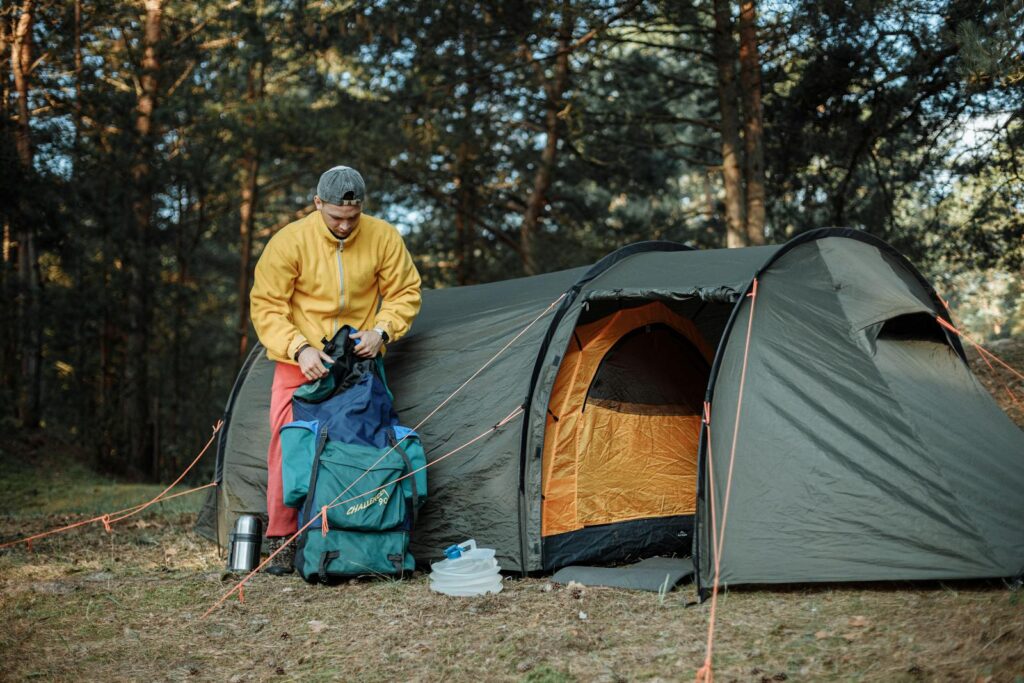
Properly weatherproofing gear extends to how equipment is stored during transport and between uses. Waterproof stuff sacks with roll-top closures create reliable moisture barriers for clothing and sleeping gear, while silicone-treated nylon bags offer lightweight protection for items requiring frequent access. For electronics, medications, and paper items, consider using hard waterproof cases with gasket seals and pressure equalization valves that prevent damage from changing altitudes and temperatures. Modular storage systems with multiple layers of protection allow quick access to frequently used items while maintaining deep waterproofing for emergency supplies and sensitive equipment. Remember that condensation often poses a greater threat than external moisture, so include moisture-absorbing products in sealed containers, particularly when moving between environments with significant temperature differentials.
Heat-Activated Waterproofing Techniques
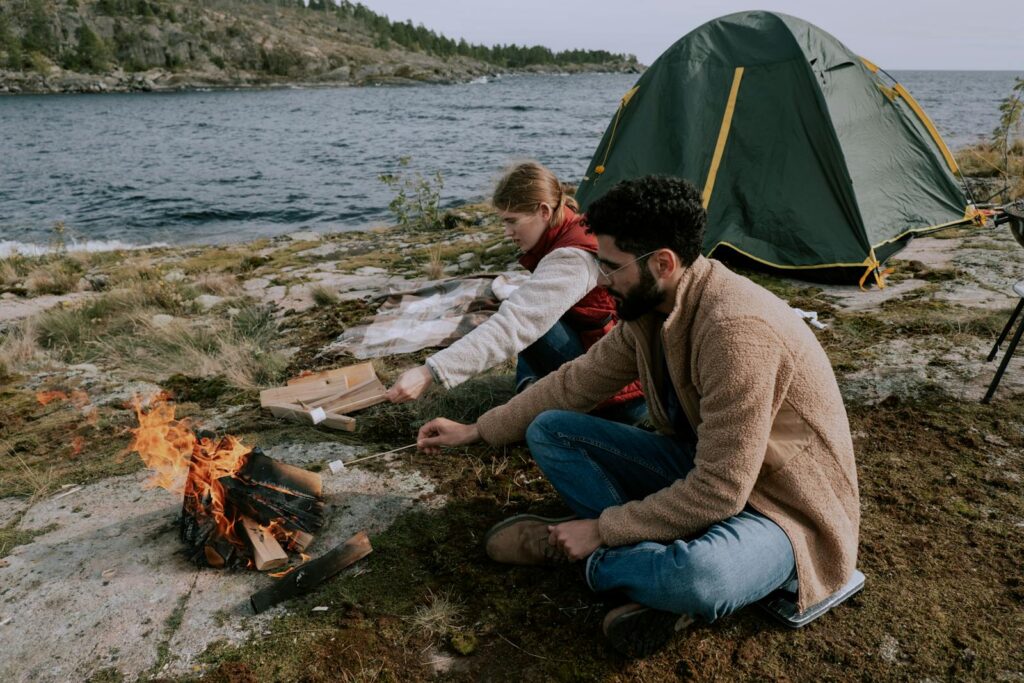
Some of the most durable waterproofing treatments require heat activation to bond properly with the base material. For items like rain jackets, tent flies, and performance fabrics, applying moderate heat after treatment (using a clothes dryer on low heat or a hair dryer on medium setting) helps the waterproofing molecules form stronger bonds with the fabric fibers. Wax-based treatments for canvas and leather particularly benefit from gentle heating during application, as the warmth allows deeper penetration into the material’s structure. When using heat-activation techniques, monitor the process carefully to avoid damaging heat-sensitive components like plastic buckles or taped seams. The enhanced durability from proper heat activation often results in waterproofing that lasts multiple seasons rather than requiring reapplication after just a few outings.
Emergency Field Weatherproofing Solutions

Despite the best preparations, emergency weatherproofing needs can arise during extended trips when gear fails unexpectedly. A well-prepared adventurer carries multi-purpose items like duct tape, which can temporarily seal tears in tents, backpacks, and even rain gear when applied to both sides of the damaged area. Beeswax emergency candles serve dual purposes—providing light while also offering emergency waterproofing material for seams, shoe leather, and fabric repairs. Petroleum jelly from first aid kits creates temporary water resistance when applied to non-breathable materials and can prevent metal tools from rusting during wet conditions. Plastic bags, especially thick contractor-grade varieties, can be repurposed as emergency pack liners, boot liners, or protective covers for sensitive gear when unexpected storms hit.
Maintaining Breathability While Waterproofing
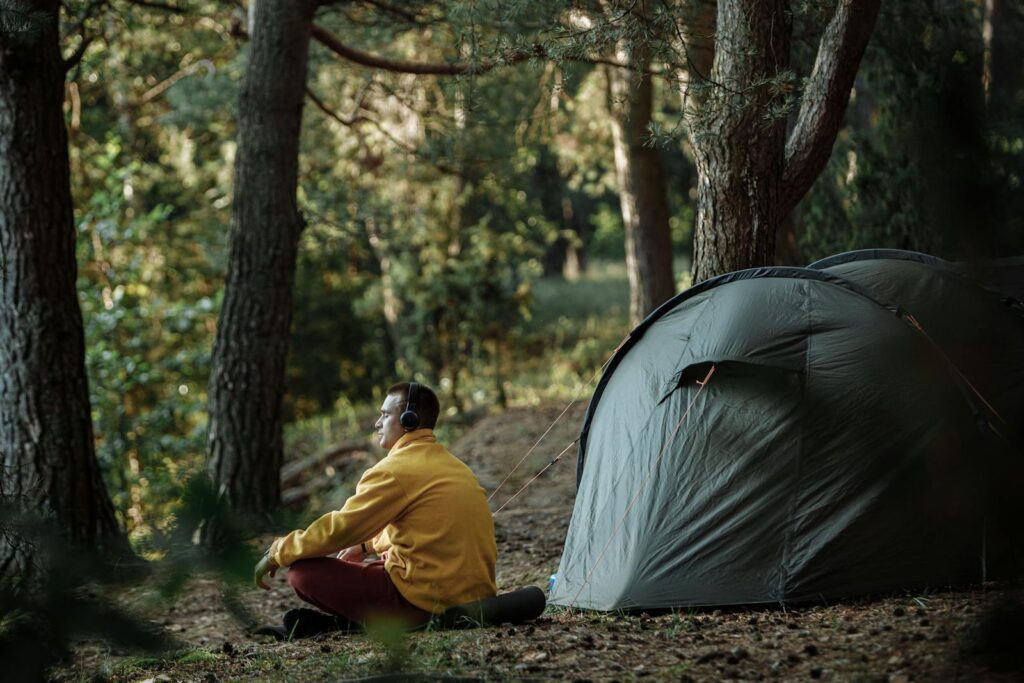
The greatest challenge in weatherproofing technical outdoor gear lies in maintaining breathability while providing adequate water resistance. Over-application of waterproofing treatments can clog the microscopic pores in breathable fabrics, leading to uncomfortable condensation inside rain jackets and tents. When treating breathable fabrics, choose products specifically formulated for technical materials and follow application instructions precisely regarding quantity and drying time. Regular cleaning of breathable fabrics using technical cleaners removes body oils, dirt, and environmental contaminants that can impair both waterproofing and breathability. For items like Gore-Tex jackets or eVent fabrics, maintaining the delicate balance between water resistance and vapor transmission often requires using the manufacturer’s recommended products rather than general-purpose treatments that might compromise the specialized membrane technology.
Creating a Weatherproofing Maintenance Schedule
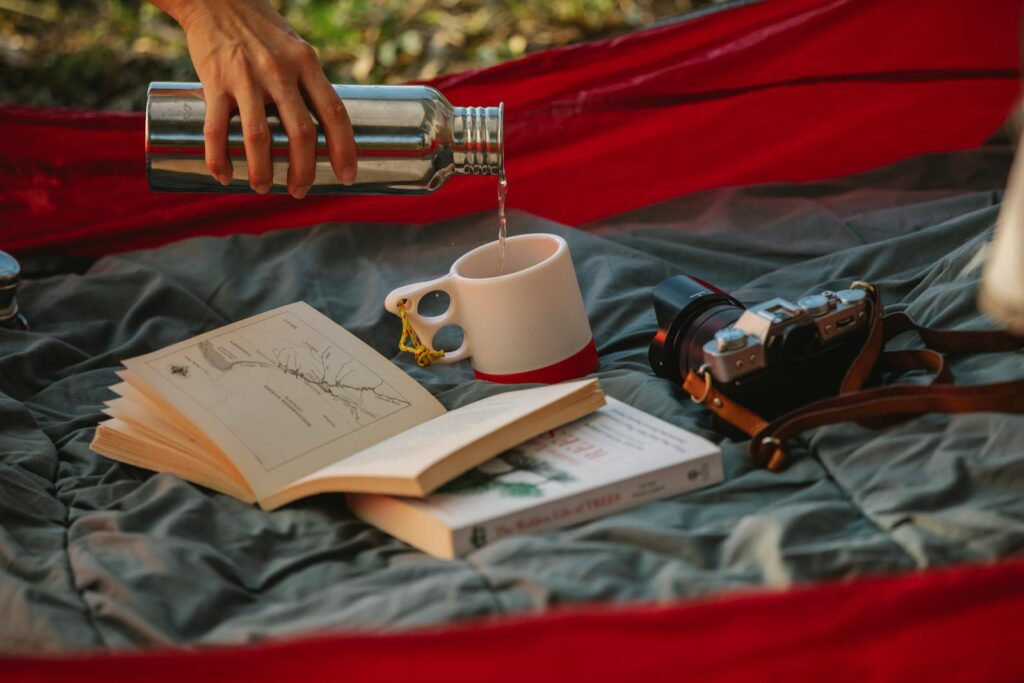
Consistent protection against the elements requires a systematic approach to gear maintenance with regular assessment and reapplication of weatherproofing treatments. Create a digital or physical log for expensive equipment that tracks purchase dates, treatment applications, and performance observations during field use. Schedule comprehensive gear inspections before and after major trips, noting areas that show signs of wear or diminished water resistance for targeted treatment. Establish a seasonal rotation that addresses different weatherproofing needs—UV protection before summer activities, comprehensive water resistance before rainy season adventures, and cold-specific treatments before winter expeditions. This proactive approach prevents being caught unprepared and extends gear lifespan significantly by addressing minor issues before they lead to major failures or permanent damage.
Weatherproofing outdoor gear isn’t just about protection—it’s an investment in reliability, comfort, and safety during your adventures. By implementing these thirteen techniques appropriate to your specific equipment, you’ll be prepared for whatever conditions arise during your outdoor pursuits. Remember that weather protection is never “set and forget”—regular maintenance creates equipment you can trust in critical situations. With proper care, your gear will remain faithful companions on countless journeys through rain, shine, and everything in between, allowing you to focus on the experience rather than equipment concerns.

